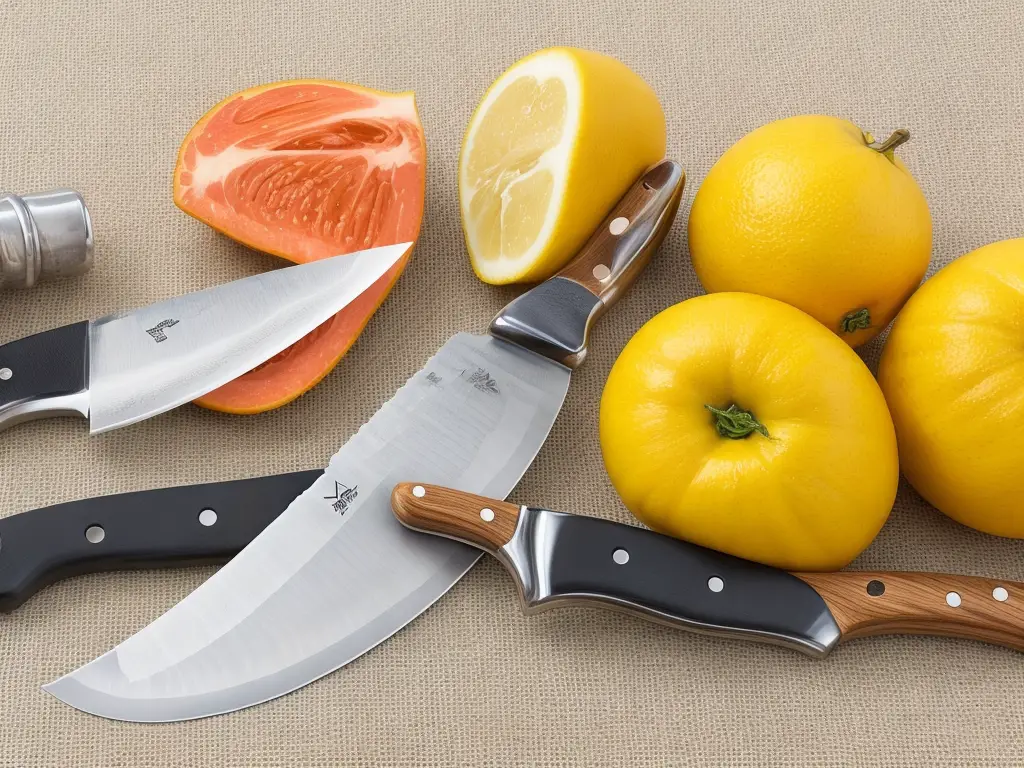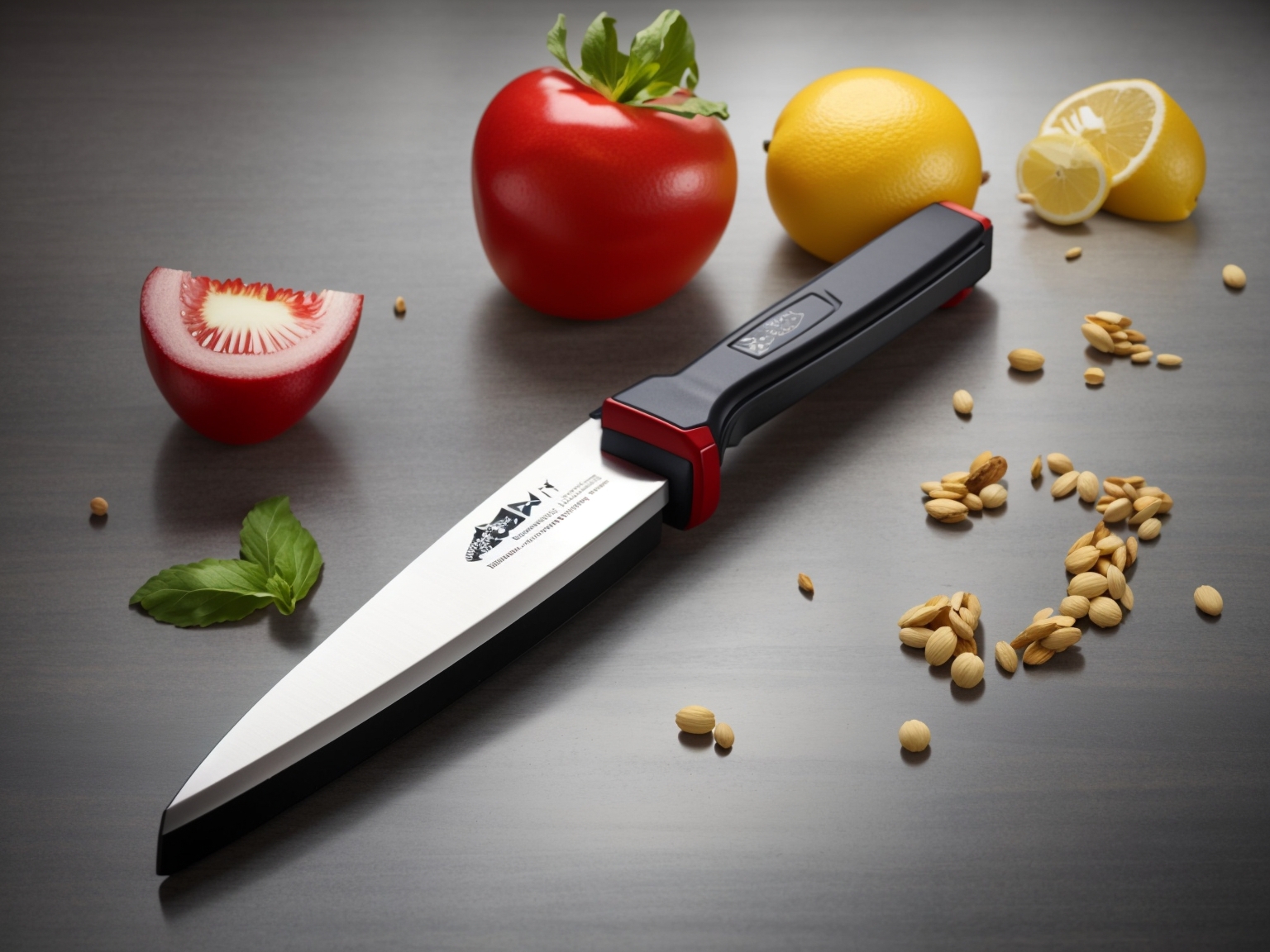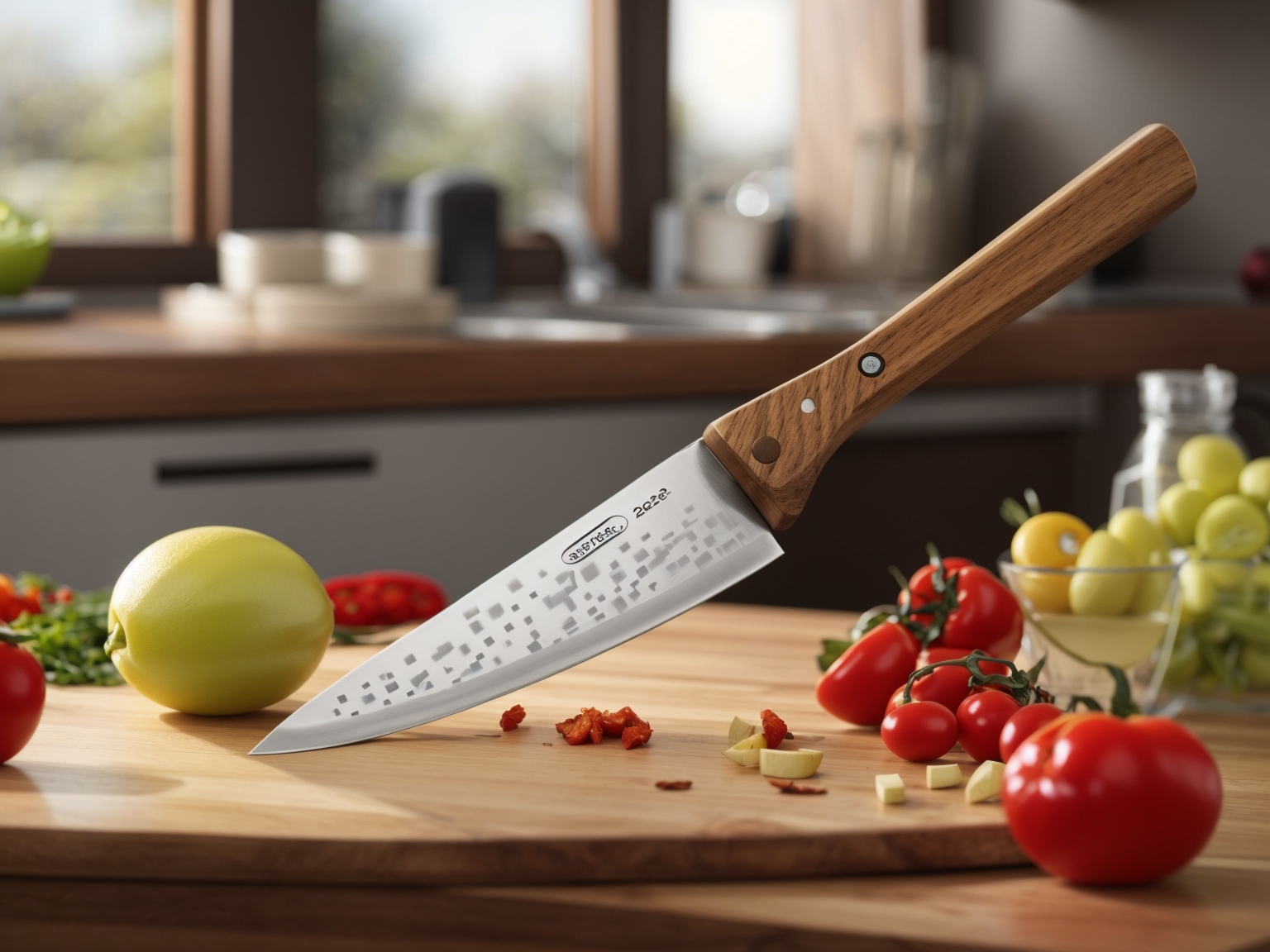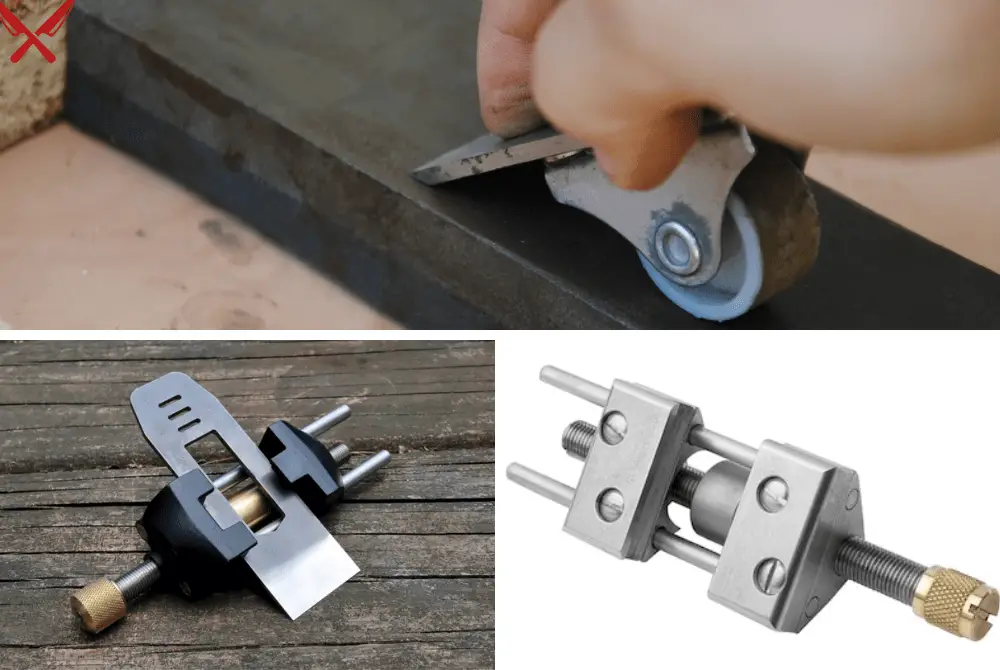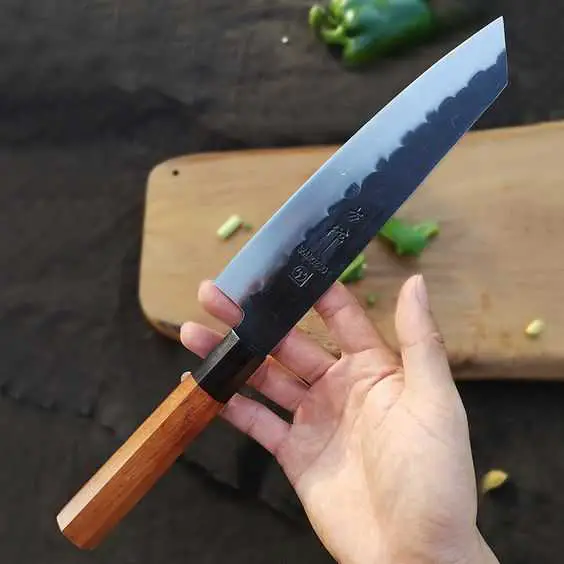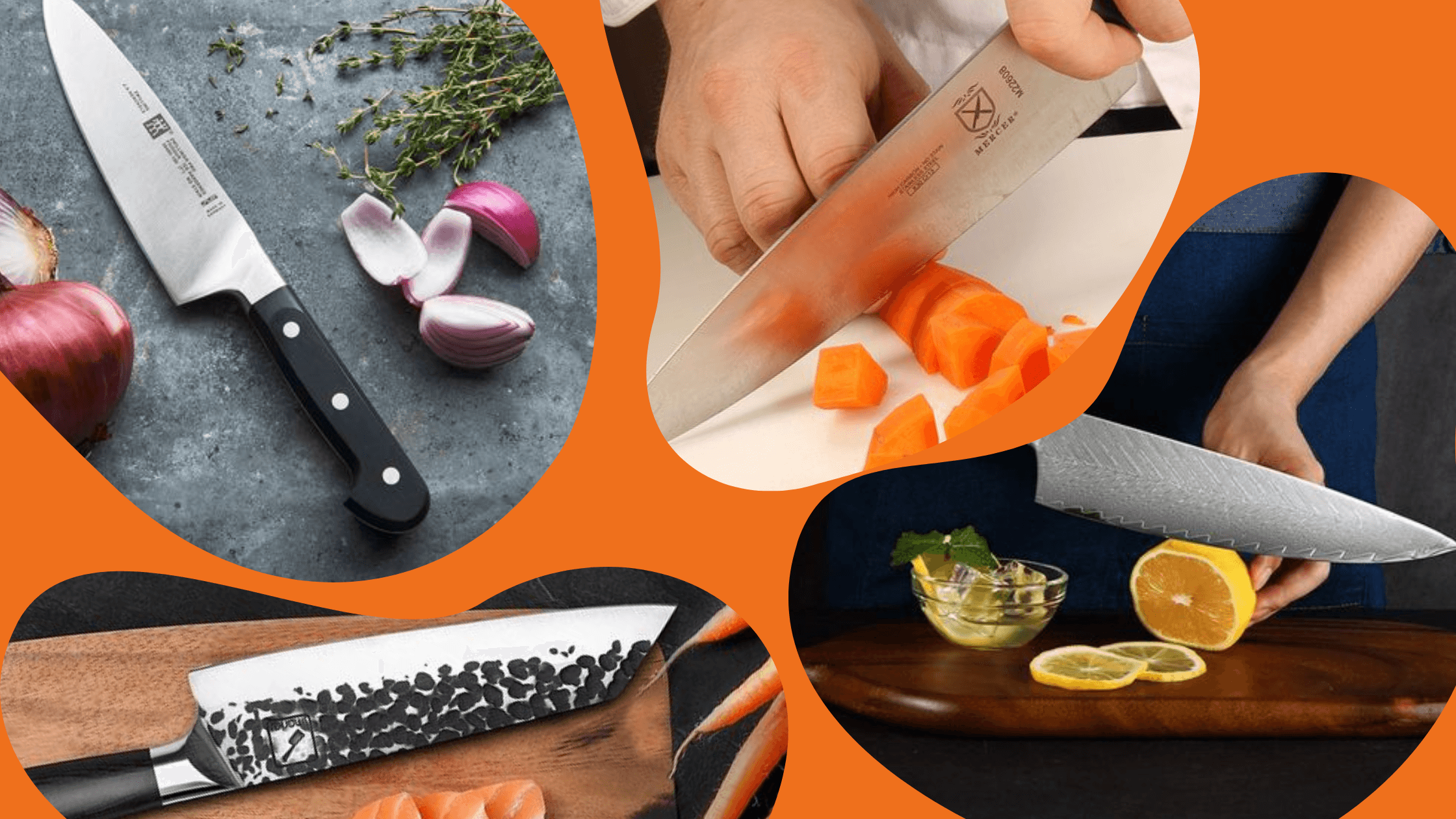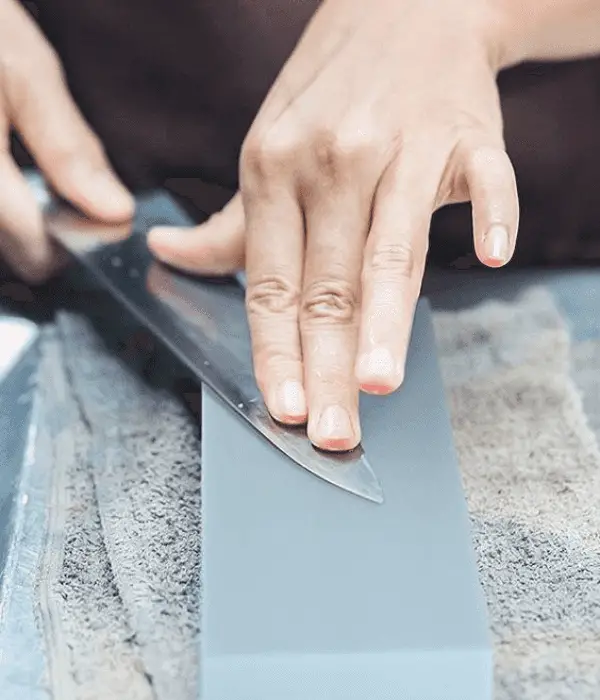“Dangers of kitchen knives demand attention to ensure safe culinary adventures. Unveil essential tips and precautions to wield your blades with confidence and minimize the risk of accidents.”
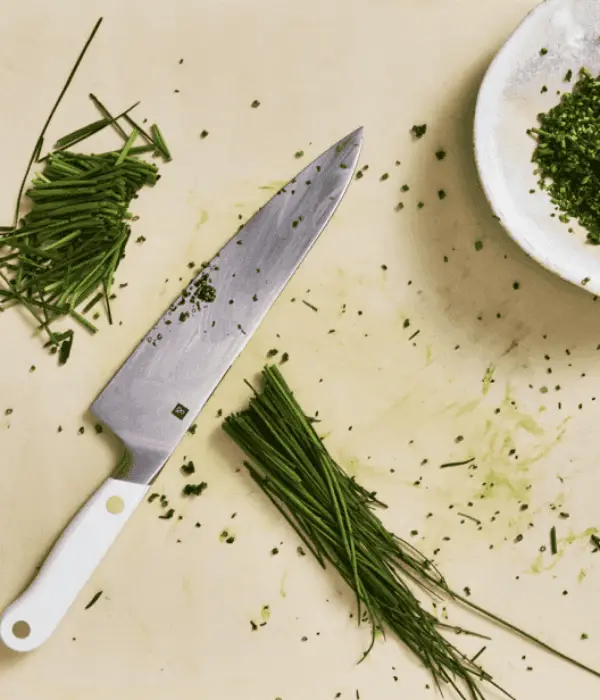
Kitchen knives are essential tools for any home cook, but they can also pose serious safety risks if not used properly. According to the Centers for Disease Control and Prevention (CDC), knife injuries are among the most common types of kitchen injuries. In this article, we’ll explore the factors that contribute to knife accidents and share tips for using knives safely in the kitchen.
Introduction to Knife Safety in the Kitchen
Knife safety is an important aspect of kitchen safety, as injuries from knives can range from minor cuts to serious lacerations or even amputations. The CDC estimates that approximately 1 million people in the United States seek medical attention for knife-related injuries each year.
Common knife-related injuries in the kitchen can be caused by a variety of factors, including
Poor knife technique
Using a knife incorrectly can lead to injuries, such as slipping and accidentally cutting yourself.
Dull or damaged knives: Dangers of Kitchen Knives
A dull or damaged knife requires more force to cut through food, which can cause the blade to slip and cause an injury.
Distractions while using a knife:
Being distracted while using a knife, such as by talking on the phone or watching TV, can cause you to lose focus and accidentally injure yourself.
Improper storage of knives:
Knives that are not stored properly can be a safety hazard, especially if they are left out in the open where they can be easily accessed by children.
Factors That Contribute to Knife Accidents
Tips for Safe Knife Usage in the Kitchen
To use knives safely in the kitchen, consider the following tips:
Proper Grip and Technique: Dangers of Kitchen Knives
When using a knife, hold it with a firm grip and keep your fingers and thumb away from the blade. Use a proper cutting technique, such as the “claw” grip, where you curl your fingers and hold the food with your fingertips while using the knife to cut.
Sharpening and Maintaining: Dangers of Kitchen Knives
Regularly sharpen your knives to keep them in good condition. Use a honing steel to maintain the blade’s edge between sharpening sessions.
Using the Right Knife for the Task at Hand
Using the right knife for the task at hand is important for both safety and efficiency. For example, use a paring knife for small tasks like peeling and trimming, and a chef’s knife for larger tasks like chopping and slicing.
Taking Breaks and Minimizing Distractions
Using a knife requires concentration and focus, so it’s important to take breaks and minimize distractions while using one. Avoid talking on the phone or watching TV while using a knife, and take frequent breaks to rest your hand and maintain your focus.
Keeping Dangers of Kitchen Knives Out of Reach of Children
Children are naturally curious and may be attracted to shiny, sharp objects like knives. Keep your knives out of reach of children, and consider storing them in a locked cabinet or drawer to prevent access.
What to Do if You or Someone Else Gets Injured: Dangers of Kitchen Knives
Despite your best efforts to use Dangers of Kitchen Knives safely, accidents can still happen. If you or someone else gets injured by a knife, take the following steps:
Seek medical attention if the wound is deep, the bleeding does not stop, or signs of infection develop.
- Apply pressure to the wound to stop bleeding
- Clean the wound with soap and warm water.
- Apply an antibiotic ointment and cover with a bandage.
- Seek medical attention if the wound is deep, the bleeding does not stop, or signs of infection develop.
- Preventing Infections from Knife Wounds
Knife wounds can easily become infected, so it’s important to take steps to prevent infections from occurring. Keep the wound clean and dry, and change the bandage daily. If you notice any signs of infection, such as redness, swelling, or pus, seek medical attention right away.
Conclusion and Final Thoughts onDangers of Kitchen Knives
Knife safety is an important aspect of Dangers of Kitchen Knives tools, as injuries from knives can be serious and even life-threatening. By following proper knife technique, sharpening and maintaining your knives, using the right knife for the task at hand, taking breaks and minimizing distractions, and keeping knives out of reach of children, you can reduce your risk of knife-related injuries in the kitchen.
Remember to always use caution when using knives in the kitchen, and seek medical attention if you or someone else gets injured. By following these tips for safe knife usage, you can enjoy cooking with confidence and minimize the risk of injury.
Here are some frequently asked questions related to kitchen knife safety
What is the safest way to handle a kitchen knife?
The safest way to handle a kitchen knife is to grip it firmly with your fingers wrapped around the handle and your thumb resting on the spine of the blade. Make sure to keep your fingers away from the blade’s edge, and always cut away from your body.
How often should I sharpen my kitchen knives?
It depends on how often you use them, but as a general rule, it’s a good idea to sharpen your knives every three to six months. However, you may need to sharpen them more frequently if you use them frequently or notice that they have become dull.
Can I put my Dangers of Kitchen Knives in the dishwasher?
It’s generally not recommended to put your Dangers of kitchen knives in the dishwasher, as the heat and moisture can damage the blades and handles. Instead, wash them by hand with warm, soapy water and dry them thoroughly before storing them.
What should I do if I accidentally cut myself with a kitchen knife?
If you accidentally cut yourself with a kitchen knife, apply pressure to the wound to stop the bleeding, clean the wound with soap and warm water, apply an antibiotic ointment, and cover with a bandage. Seek medical attention if the wound is deep, the bleeding does not stop, or signs of infection develop.
Can children use kitchen knives?
Children should always be supervised when using kitchen knives, and should only be allowed to use knives that are appropriate for their age and skill level. Young children should use knives with rounded edges and a blunt tip, and should always be taught proper knife safety techniques.

